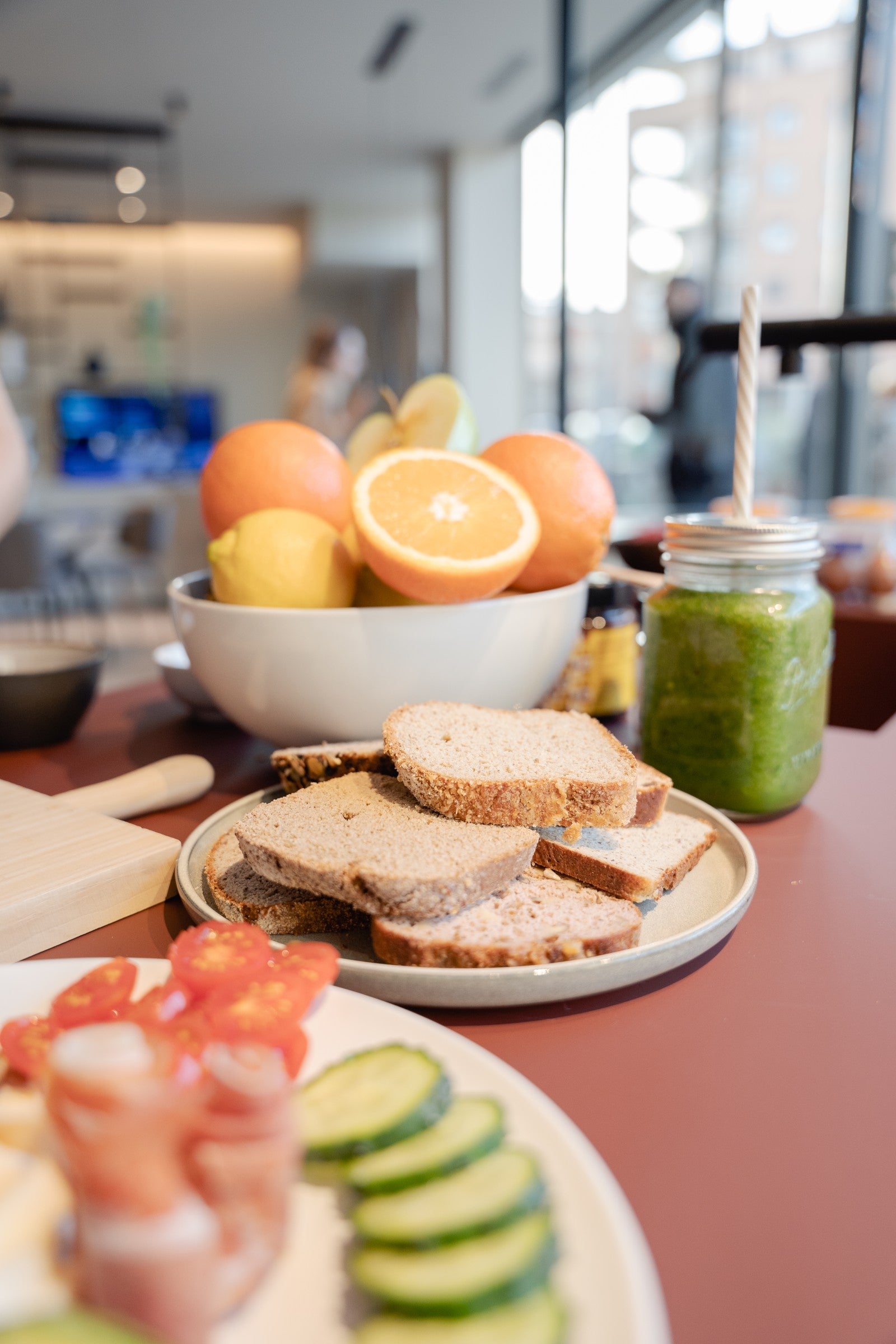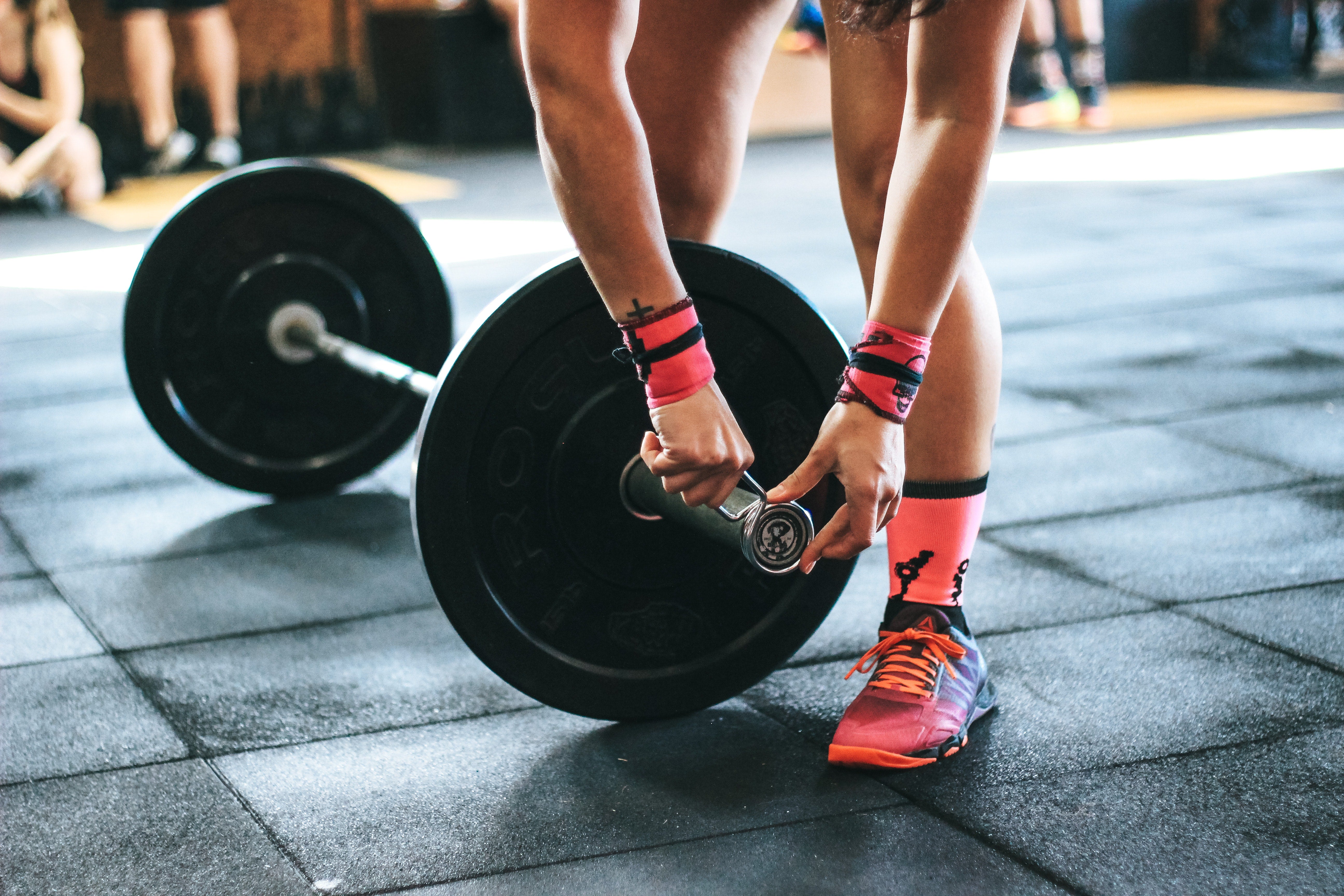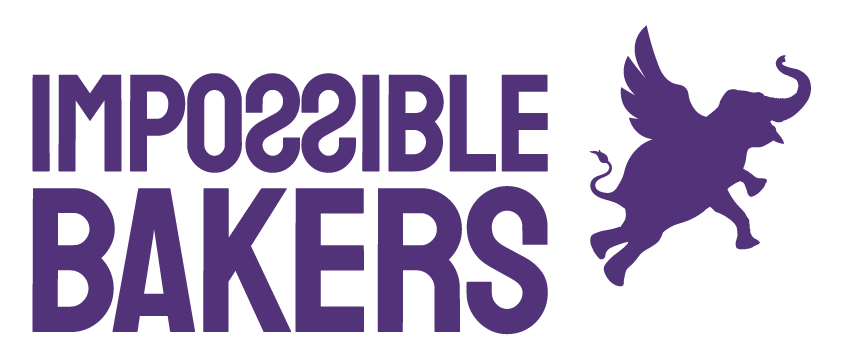
Marina Ribas
Dietista integrativa, maestra y divulgadora. Especialista en patologías o trastornos autoinmunes, hormonales y digestivos. @marina.ribas.torres
WHY ARE PROTEINS THE MOST IMPORTANT THING IN ANY DIET?
Etymologically, the meaning of the word protein already gives us many clues about its relevance. The word comes from the Greek “ proteis ”, that is, “primary, fundamental”.
It is not a coincidence. Proteins should always be the first macronutrient to adjust in our diet , regardless of the diet we follow. And as we explain below, proteins develop several functions, among which the structural one stands out, that is, they are the “bricks” that make up our body.
Official recommendations tell us that we should consume a minimum of 0.8 g of protein per kg of weight, but is it really enough? The truth is that no. We talk about minimal intake, but not optimal. Protein consumption should be adjusted to parameters of sex, age, activity, hormonal context (especially in women), pathologies... The recommendation for the general population is a requirement that may be low, since it is not personalized.
First of all, let's talk about what exactly proteins are and what their functions are:
Proteins are organic substances made up of amino acid bonds. Surely many of them are familiar to you, because our latest breads include them in their ingredients. (whey protein isolate, nutritional yeast protein, egg albumin, egg powder, flax seeds, etc.)
They are the macronutrient that fulfills the most functions. These are:
- Structural: bones, cartilage, nails, hair, ligaments... Proteins are part of these structures. Does collagen sound familiar to you?
- Regulatory: of the cells and neurotransmitters that need them to carry out their activities.
- Transport: of ions and molecules in plasma or inside cells.
- Catalysts: carried out by enzymes.
- Immunoregulatory: such as antibodies, which defend our body against pathogens and attacks.
As I mentioned, proteins are made up of amino acid unions. There are essential and non-essential amino acids.
The essential ones are those that we must incorporate through food because our body cannot manufacture them, which is why it is essential to include protein, whatever diet you follow (vegan, vegetarian, paleo, keto, etc.) The non-essential ones, the our own body can make. Both are important and fulfill different functions.
Among the non-essentials, we find glutamine, a very important amino acid for regenerating the intestine when there is permeability. Or also glycine, another amino acid with excellent properties to improve the quality of our sleep.
The trio leucine, isoleucine and valine are also well known under the name of BCAA , essential in strength sports and present in our Fit Pro Oatmeal bread.

Not all foods rich in protein contain all the amino acids nor are they equally digestible by our digestive system. That is, we cannot compare the protein in brown rice with the protein in meat. The first does not contain all the amino acids, since it contains other inhibitory substances that can hinder the absorption of all its nutrients.
This does not make them a bad food per se, because it has properties other than meat, but we have to take it into account if we seek specific objectives with our diet, since one is a complete protein and the other is not.
The highest quality proteins, both for their digestibility and their amino acid content, are eggs, meat, and fish. Complete plant-based proteins include chickpeas, soy, azukis , tempeh , quinoa, tofu, and buckwheat.
The rest of legumes are usually deficient in mithionine and cysteine. And cereals, nuts and seeds are usually deficient in lysine. Solution? Combine them to obtain a complete protein. This combination doesn't necessarily have to be in the same meal, it can be throughout the day (at different times), which makes it much easier.
At the beginning of the article we commented on the possibility that the official recommendations regarding protein intake were possibly lower than they really should be, since individual characteristics were not taken into account. In reality, recommendations aimed at the general population are usually based on the precautionary principle.
Let's see what they say:
According to the EFSA , a minimum of 0.83 g/kg person should be consumed and diets that include up to 1.6 g/kg of weight are considered healthy.
There are situations in which different intakes are recommended , such as pregnancy and lactation (1.1-1.3 g/kg), high-intensity exercise (1.5 g/kg) or children up to 13 years of age (1 g/kg approx.).
To reach these daily requirements, we must take into account the available protein that each food has. Available protein (PD)? Yes, as you have heard, if we eat 100 g of beef tenderloin for breakfast, we are not consuming 100 grams of protein, its available protein is 25 g.
This is the case with all foods .
To know how much protein you need daily, you can take your weight as a reference. The ideal is to consume between 0.8 - 1.5 g of protein depending on individual needs per kilogram of weight. For example:
- If you are a man and weigh 80 kg: you should approximately consume between 64 g and 120 g of protein daily.
- If you are a woman and weigh 50 kg: you should approximately consume between 40 g and 60 g of protein daily.
We reiterate once again that this depends on the time of the person's life, level of physical activity, eating habits, age, etc. It is simply a quick and simple reference to do the calculation.
But you don't need to stress or spend the day on the calculator ! We give you some ideas to make your life easier and reach your daily total protein goals based on the available protein (DP) of each food.
Ideas with a 50 kg woman as reference:
- Breakfast: 2 slices of protein bread (4.64 g of PD) + an egg (6.5 g of PD ).
- Lunch: 80 g of cod (20 g of PD) + brown rice + salad.
- Dinner: two-egg omelette (13 g PD) with vegetables and 100 g of tofu (10 g PD).
58.78 g of total protein in three meals.
- Lunch: 100 g of red meat (20 g of PD) + salad.
- Snack: 170 g full fat Greek yogurt (15 g PD) with fruits and nuts.
- Dinner: 1/2 margherita pizza (21 g PTD ).
56 g of total protein in three meals.
To consider! The digestibility of proteins from the plant kingdom, compared to the total grams consumed, is lower, therefore, you have to make sure you are eating enough or make a "smart snack" with a vegan protein bar /pea protein shake. A little extra protein is better than being in deficit.
Some indicators that our diet may be deficient in protein are difficulty maintaining or increasing muscle mass, brittle nails and hair, damage to the intestinal mucosa such as permeability, a depressed immune system and even symptoms of malnutrition.
Likewise, protein fulfills an interesting function if we talk about weight loss, which is that it has a thermogenic effect, that is, it “warms up” the body and promotes the acceleration of metabolism, which translates into greater energy expenditure. Check here for more information.
What proteins should we consume in our diet?
Well, the ones that best adapt to our tastes, type of diet and possibilities. The most important thing is that they are of quality, avoiding ultra-processed foods and always choosing real food.

If we need a boost because we are training a lot or in a phase in which our requirements are increased and we cannot reach them through food, isolated protein powder is an excellent option. You even find it in our protein bread.
Marina Ribas.
Referenced bibliography
Protein requirements
Optimal protein
The thermogenic effect of food
Essential amino acids and non-essential amino acids

OTROS ARTICULOS RELACIONADOS
Read more

OUR MOST FIT BREADS
We already have them here. Our magician's latest creation has arrived at the Impossible Bakers store after many months of testing. We are that way. We don't stop until we get it! Joining our f...
Read more
Nutrition to improve your performance Part I
When it comes to improving physical performance, health or body composition, every meal of the day is important. In the sports field or in those people who carry out any type of physical activit...
Read more



